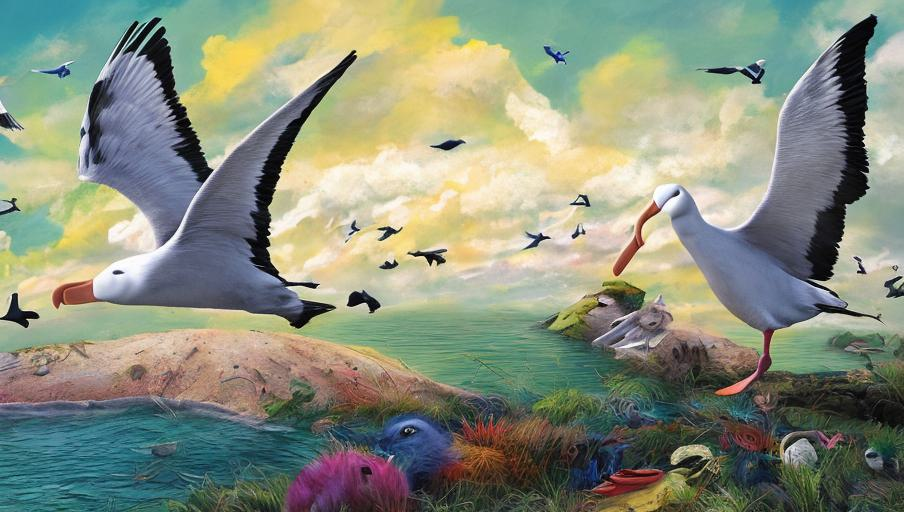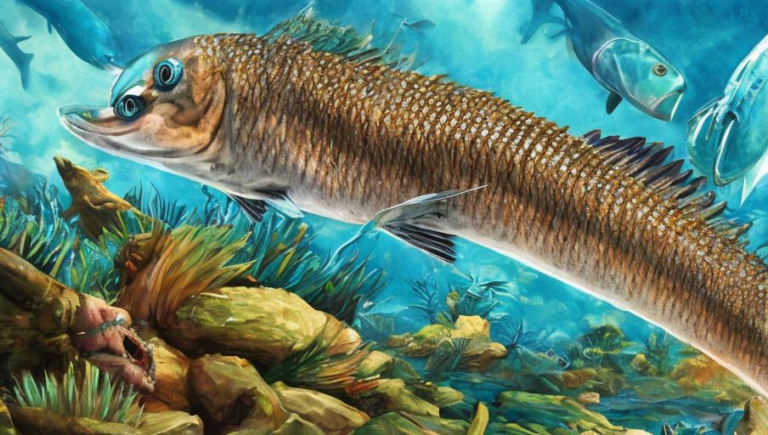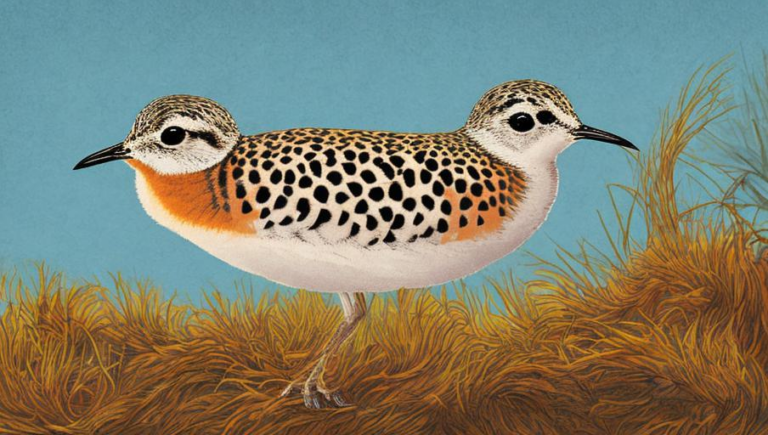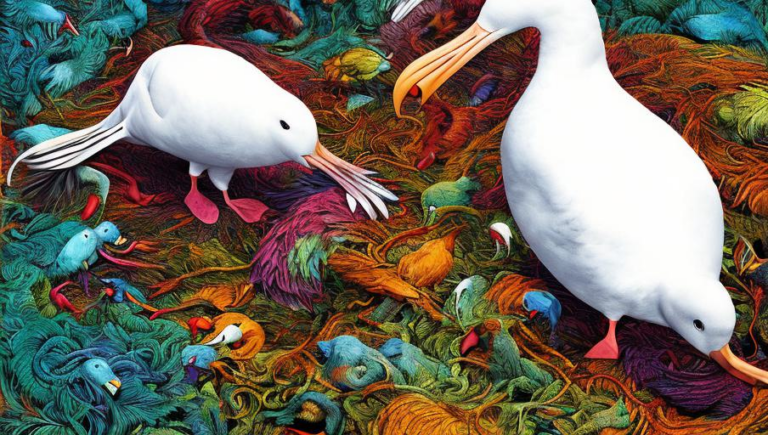A Guide to Understanding Albatross Migration and Behaviors

Introduction
Albatross are some of the most awe-inspiring creatures that can be found in the wild. These large seabirds have a wingspan of up to 3.7 meters and can be found in almost every ocean. They are known for their long migrations and their unique behaviors. This article aims to provide a basic understanding of albatross migration and behaviors.
Migration Patterns
Albatross breed in colonies on islands and coastal areas of the Pacific, Atlantic, and Indian Oceans. After breeding, they embark on long migrations to areas with more abundant food sources. They can travel up to 10,000 kilometers in a single journey and can remain in the air for up to seven days. Albatross fly in a “V” formation with the leading bird setting the pace and the other birds following in its wake. This helps the flock conserve energy, as the bird in the lead creates an air current that helps the others fly.
Unique Behaviors
Albatross are known for their unique behaviors. They have been observed in the wild engaging in a variety of activities. For example, they have been seen playing in the water and engaging in aerial acrobatics. They have also been observed flying in groups of up to 20 birds and singing in unison. Albatross are also known for their courtship rituals. They will engage in a variety of activities, such as bowing, honking, and clapping their bills together.
Conservation Efforts
Albatross are vulnerable to a variety of threats, including habitat destruction, overfishing, and plastic pollution. As a result, their populations have been in decline in recent years. There are a number of organizations and initiatives dedicated to the protection of albatross and their habitats. These include the Albatross Task Force, which is dedicated to researching and protecting albatross, and the World Wildlife Fund, which works to protect albatross and their habitats.
Conclusion
Albatross are some of the most majestic creatures that can be found in the wild. They are known for their unique behaviors and their long migrations. While their populations have been in decline due to a variety of threats, there are a number of organizations and initiatives dedicated to the protection of albatross and their habitats. Understanding the migrations and behaviors of albatross can help us appreciate and protect these beautiful creatures.





